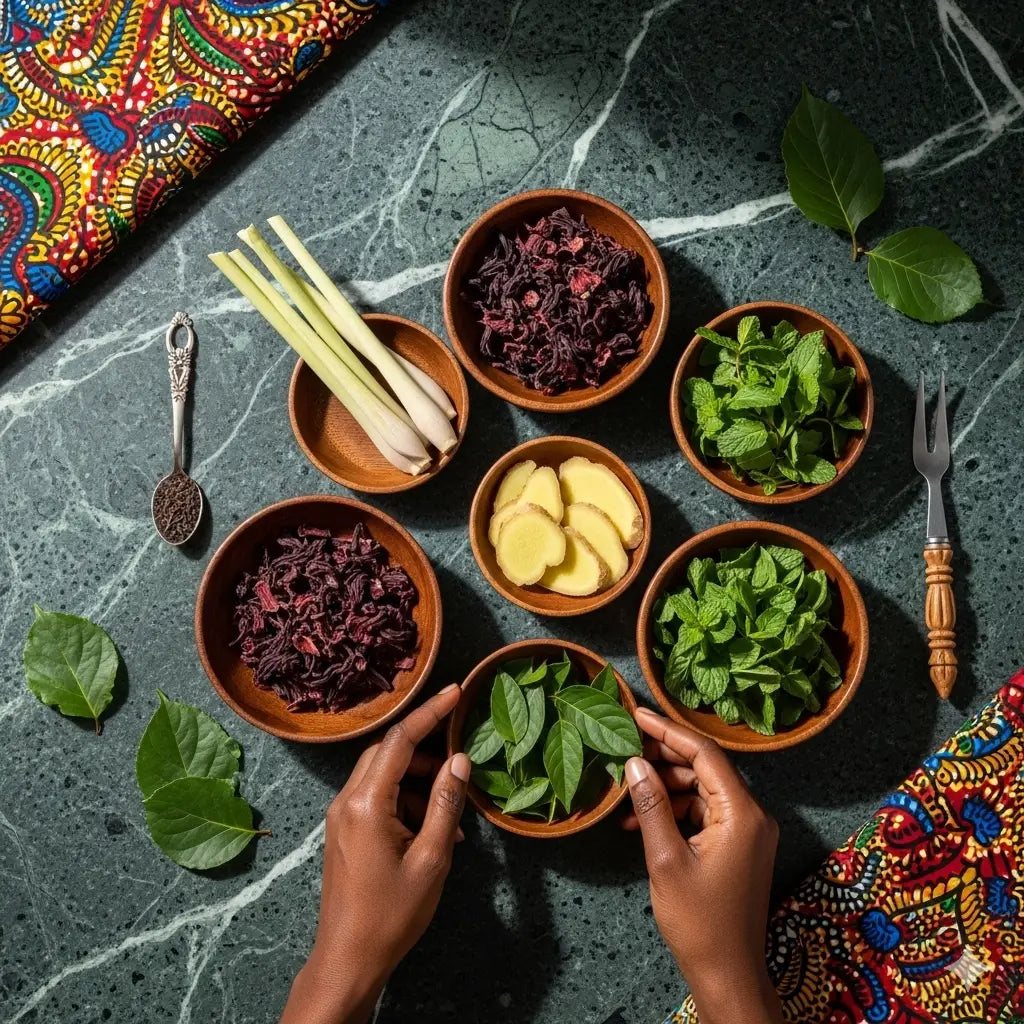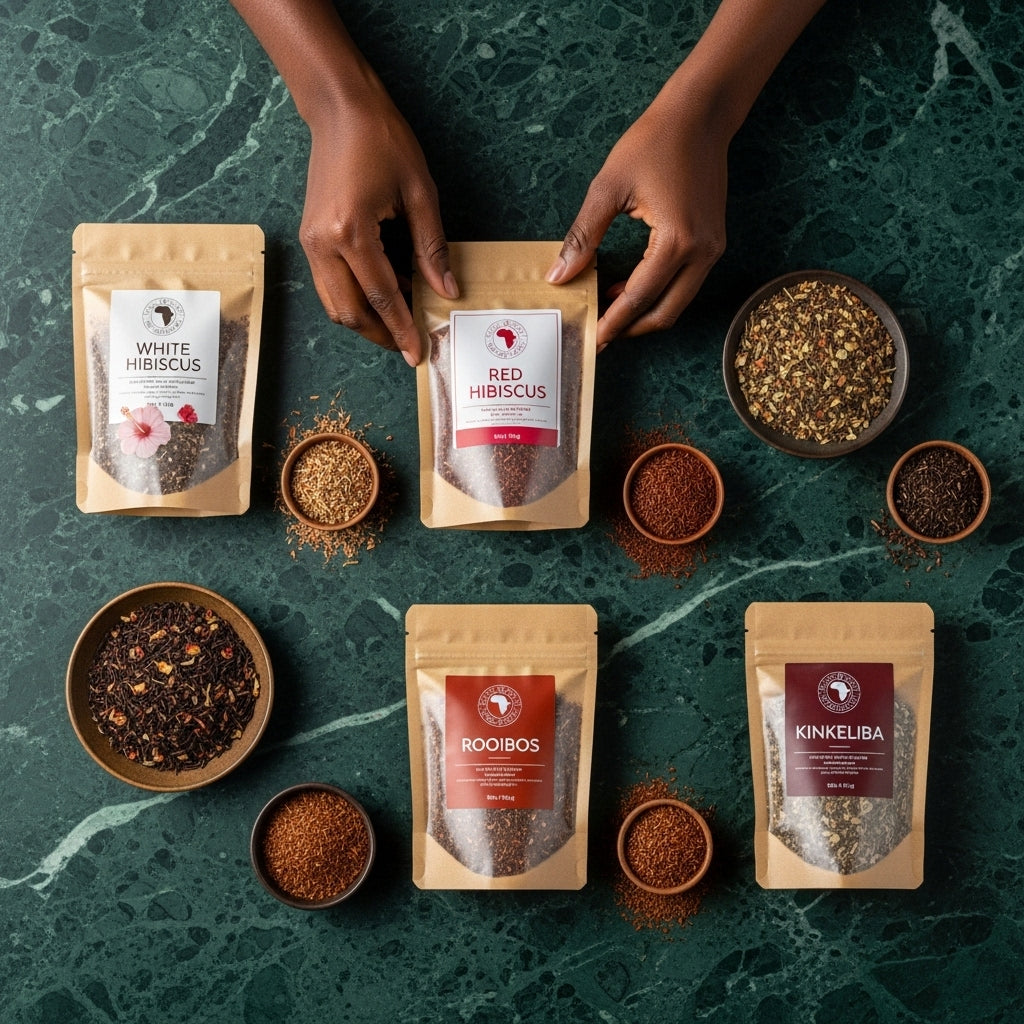Description and origin
Crab matoutou, an iconic Easter and Pentecost dish in the West Indies, is a culinary institution in Martinique, Guadeloupe, and French Guiana. The origins of this Creole recipe date back to the time of slaves, who used local ingredients like crab and spices to create a rich and flavorful dish. Traditionally, the crabs are fed chilies and aromatic herbs for several days to purify their flesh. The dish is then simmered for a long time in a spicy sauce made with chili paste, onions, garlic, and local vegetables, for an incomparable taste.
Taste
The crab matoutou offers an explosion of flavors on the palate. It is powerful, spicy, and slightly sweet. The crab meat, delicate and succulent, absorbs all the nuances of the sauce. The rice, cooked with the crab, is infused with all the aromas, it is both tender and fragrant. The spices, including chili, Indian wood, and thyme, combine to create a harmonious flavor that warms the palate and the heart.
What this evokes
Crab matoutou is much more than just a recipe; it's a symbol of sharing and conviviality. It evokes family celebrations, reunions, and large tables. It recalls Easter in the Caribbean, with children's laughter, music, and the smell of a wood fire. It represents the traditions and deep connection with nature and the history of the islands. Crab matoutou is a true ode to Creole culture, an invitation to travel and indulgence.







